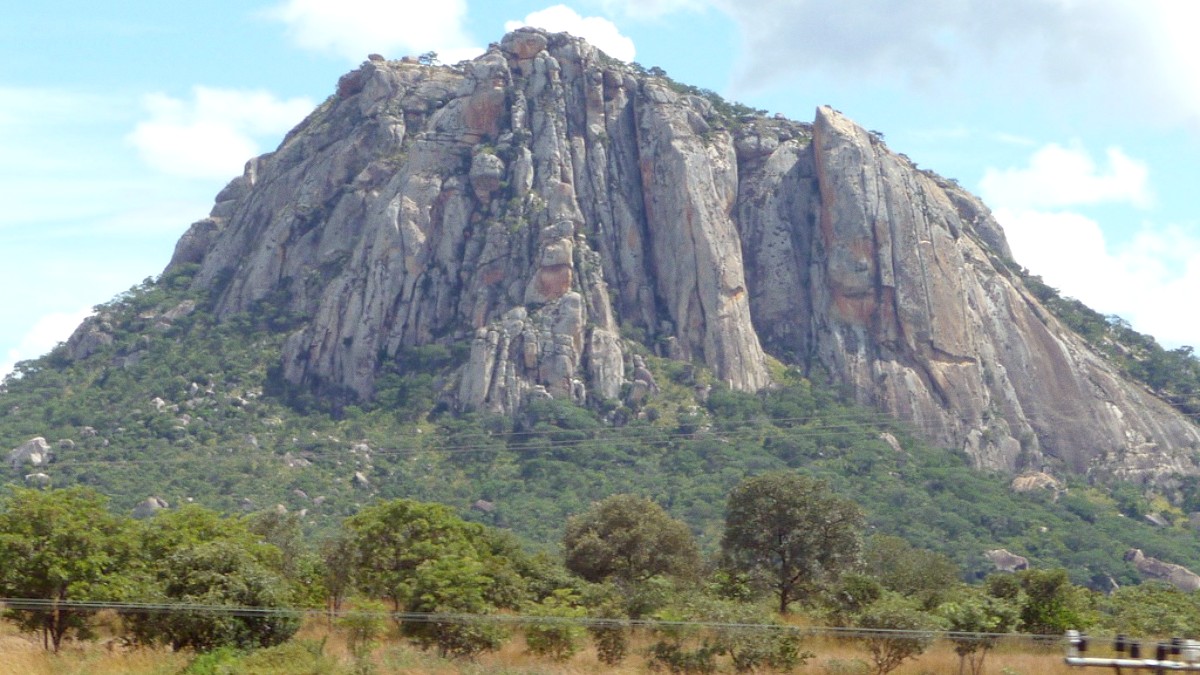
Zimbabwe
Anticipate a visit that blends urban exploration with opportunities for cultural discovery. Harare invites you to look beyond the surface, to connect with its people, and to understand the heart of Zimbabwe.
Harare reflects Zimbabwe's journey, blending tradition and modern influence.
Its history shapes a present, inviting deep cultural connection.
Harare sits on Zimbabwe's central highveld plateau, giving it a subtropical highland climate that makes for comfortable temperatures. This elevation also shapes the landscape, with gently rolling hills and open savannah characteristic of the Highveld.
The city itself is spacious, with wide boulevards and numerous green spaces that earned it the "Sunshine City" moniker. Beyond the central business district, Harare sprawls into residential suburbs, each with its own character.
Cooler subtropical highland climate.
Spacious with wide boulevards and parks.
Older, tree-lined, and newer developed areas.
Connects to Victoria Falls and wildlife parks.
Distinct from arid or tropical regions.
Its position also makes it a gateway to other Zimbabwean destinations, including the famous Victoria Falls and the country's wildlife parks.
Harare is a bustling metropolis that blends African tradition with modern elements. It acts as Zimbabwe's political, economic, and cultural nexus.
Beyond the urban core, Harare boasts expansive green areas like the National Botanic Garden and Mukuvisi Woodlands, providing opportunities for relaxation and light wildlife viewing.
Be ready for the lively pace of Harare. Embrace the local energy and keep an open mind for an experience that truly shares the character of this African city.
Harare's history is rich and complex, reflecting Zimbabwe's journey from colonial rule to independence. Founded in 1890 by the Pioneer Column of the British South Africa Company, the city was originally named Salisbury, after the British Prime Minister Lord Salisbury. It served as the administrative and commercial center of Southern Rhodesia, a self-governing British colony.
Colonial architecture still stands in parts of the city center, offering glimpses into its past. However, Salisbury was also a hub for the nationalist movement that fought for independence. The struggle culminated in 1980 when Zimbabwe gained its freedom, and Salisbury was renamed Harare in 1982. The name Harare comes from Neharare, a Shona chief whose kraal (village) was near the site of the city's founding.
Glimpses of colonial architecture persist in the city center.
A hub for the nationalist struggle.
After independence in 1982, from Shona chief Neharare.
Today, Harare continues to evolve, shaped by its diverse history. Its monuments, museums, and public spaces tell the story of a nation's fight for self-determination and its ongoing development.
Be ready for the lively pace of Harare. Embrace the local energy for an experience that truly shares the character of this African city.
This city is a place of deep historical interest. It reflects the challenges and triumphs of post-independence Zimbabwe.